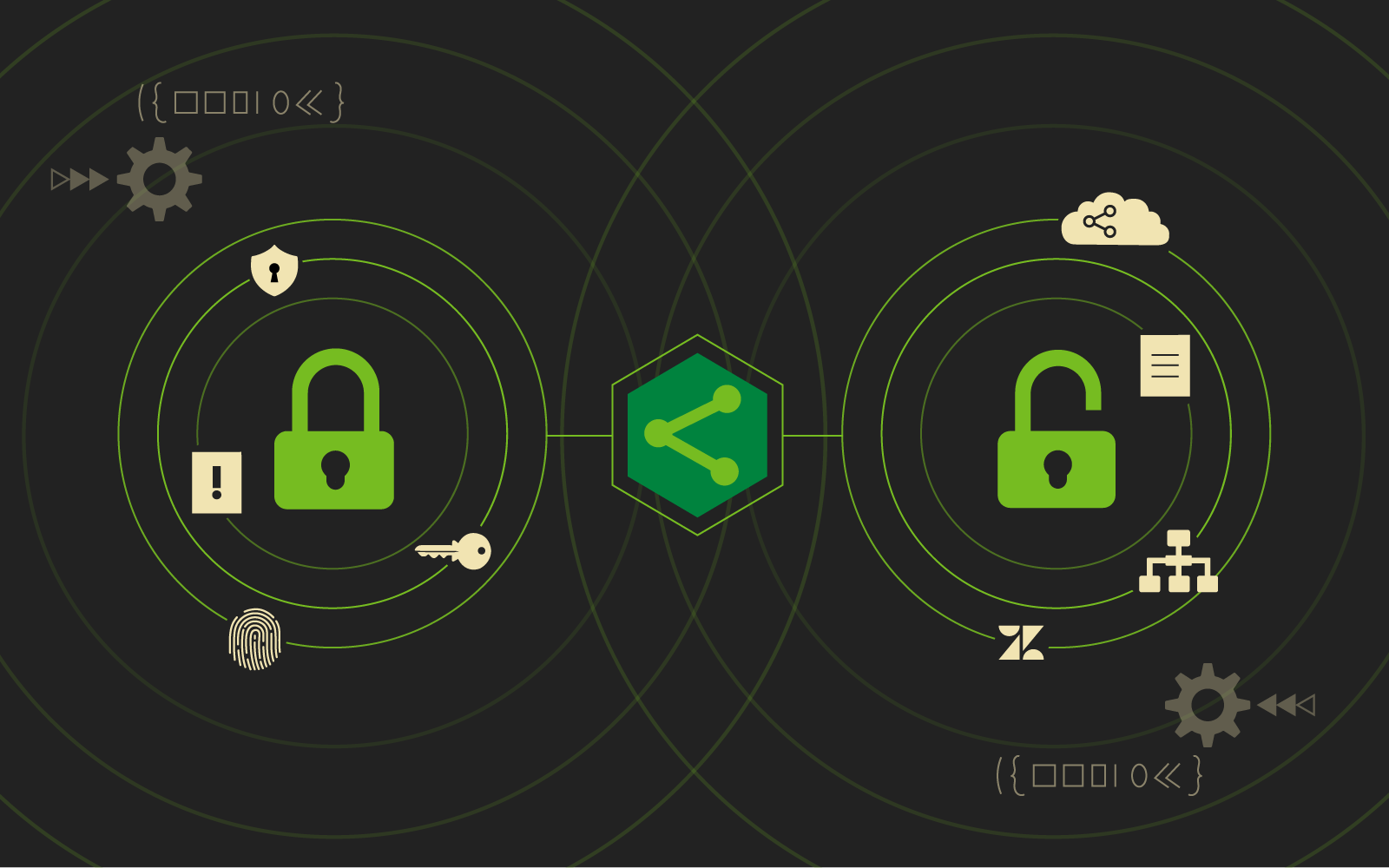If you want to see the complete history of a ticket in Zendesk, start by looking at the ticket events. Ticket events show every single update or change made to the ticket, including when properties are added, changed, or removed, and whether those changes were made by a person or through the use of a business rule, like automation or a trigger. External notifications are also noted if they are relevant to the ticket being updated.
Why is keeping track of a ticket’s history useful?
Events are not shown by default, however, you can show ticket events alongside the ticket comments for better clarity, if you wish. Keeping an eye on ticket events can help you troubleshoot issues by being able to see the path the ticket has taken and who has interacted with it. You can also see if triggers are not firing and learn interesting information about the end-user, like what browser they are using.
The events log is updated every time something new happens with a ticket and each new update is listed separately showing any relevant information. If something has changed, for example, the ticket goes from Open to Solved the new update appears along with the crossed-out previous value. This allows agents to easily see what changes have happened.
In order to view tickets events, while in a ticket, click Conversations under the active comment area, and select Events.
A box that looks like the one below will appear with all updates listed.
There are several different things that a ticket’s events will show you, including these ticket properties and changes to them.
- Subject: The subject of the ticket
- Requester: The person who created the ticket
- Assignee: The agent assigned to the ticket
- Group: The group responsible for the ticket
- Type: The type of the ticket (Incident, question, problem, or task)
- Priority: The priority of the ticket (low, normal, high, or urgent)
- Organization: The organization associated with the ticket
- Status: The status of the ticket (new, open, pending, on-hold, solved, or closed)
- Custom field: A custom field an administrator has added to the ticket form
- CCs: Anyone who was CC’d on the ticket
Changes to a ticket history will look like the image below.
User information found under the list of events:
- IP address: The IP address used for that ticket update
- Location: The IP location for that ticket update
- Submission channel: When a ticket is submitted through a channel other than the web form, such as Facebook or email, details about the channel appear
- User agent string: A string that identifies browser information and other system details
It will look like the image below.
Communication, business rules, and things that happen behind the scenes are also recorded including:
- Email Notifications
- Triggers/Automations: Enterprise customers can click a trigger’s title to view the specific version of any trigger that fired
Utilizing the ticket events feature and reviewing the Zendesk ticket history can be a major help in figuring out and getting insight on where things are not working or finding bugs that may be derailing your ticket workflow. It could help locate places where your team could be more efficient or how to better set up your triggers and automation. Or it can simply be used to make sure every ticket receives the same level of care as the next.







